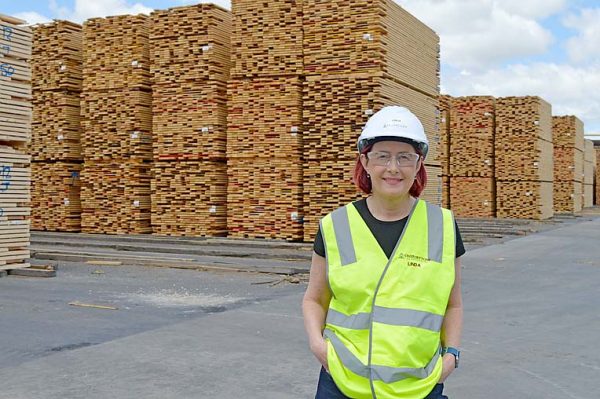

IN A move welcomed by local timber processors, OneFortyOne Plantations has announced it will not export saw log from its estate for the next financial year.
Citing “strong domestic demand and the continued out-performance across the building industry” as reasons for the decision, OFO chief executive officer Linda Sewell said the export volume of saw log had recently been in steady decline due to high demand from domestic customers.
“While demand remains strong, we will further support the local industry by retaining the logs onshore,” she told The Border Watch.
However, Ms Sewell said OFO’s focus was to support the current capacity of the domestic industry and not to compromise the long-term sustainability of its forests by expanding beyond its means.
“We have been meeting the rising domestic demand where we could do so sustainably,” she said.
In this regard, OFO has confirmed it will continue to export surplus pulp logs produced from forest thinning programs and will not preclude exporting saw logs in future should market conditions change.
“We worked hard to develop export markets and like any industry we need the diversity that those markets bring to help smooth domestic market fluctuations,” Ms Sewell said.
Meanwhile, South Australian Timber Processors Association chief executive officer David Quill yesterday said the association applauded OFO for reducing saw log exports.
He said the move “could make more log available to domestic processors”.
Mr Quill’s words were echoed by other local processors who described the announcement as “a good first step”.
However questions were raised regarding other large forest growers in the region and whether they would be willing to “follow OFO’s lead”.
OFO’s announcement comes as the domestic timber industry continues to experience its strongest performance in 15 years and follows OFO’s decision last year to cease exporting large saw logs and to formally withdraw from the Korean export market.
According to OFO, its focus on the domestic industry has seen an increase in local customers, as well as an increase in the volume supplied to those customers by more than 45pc over the past five years.





